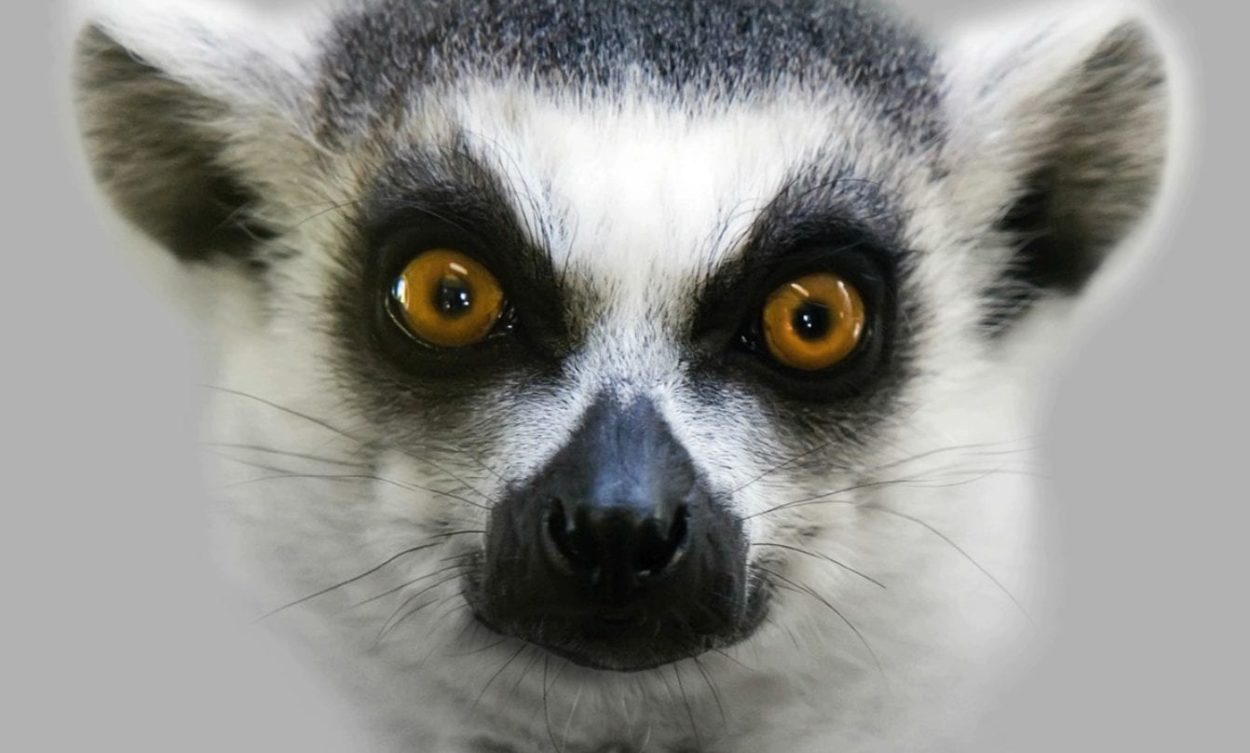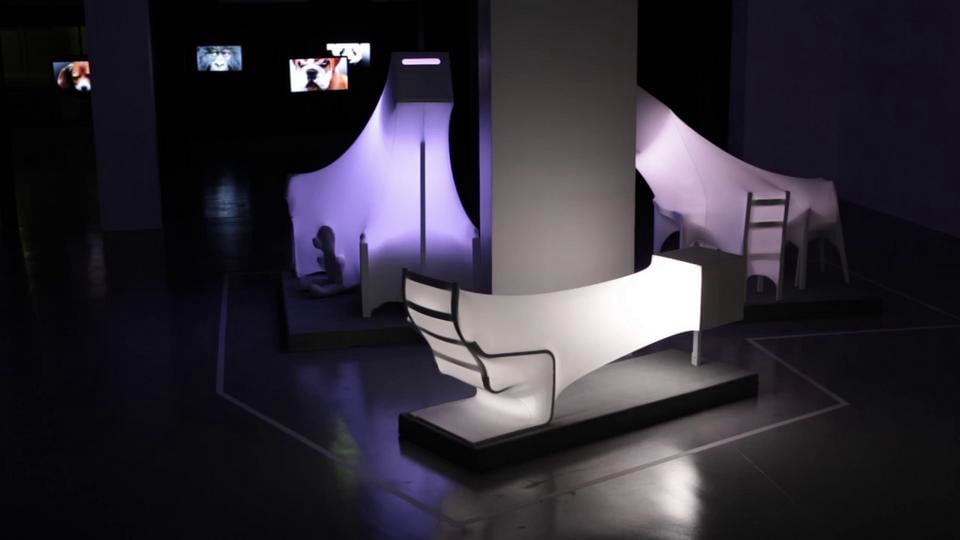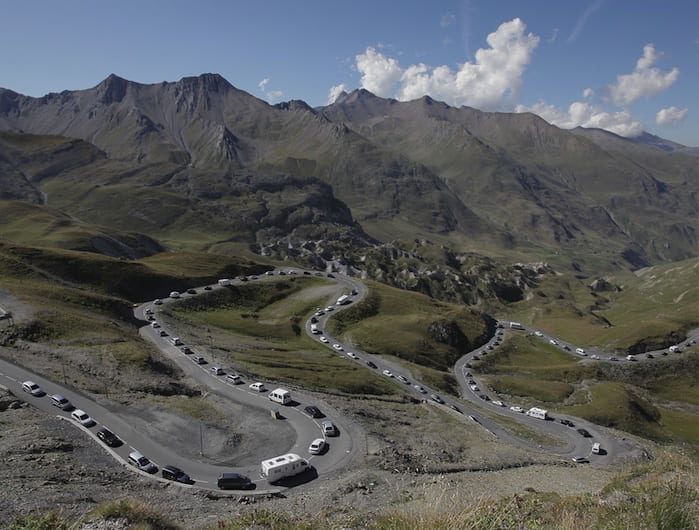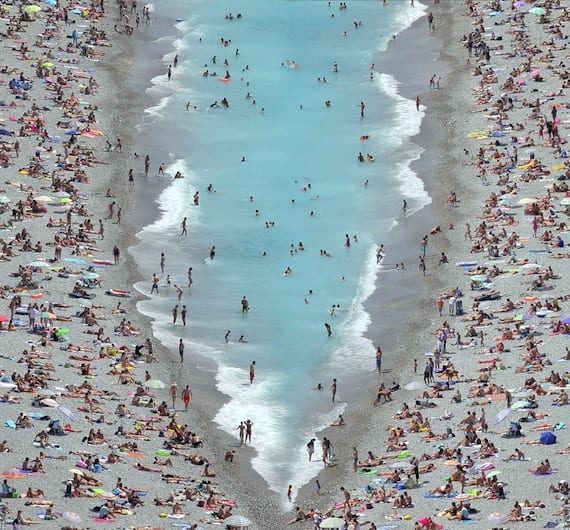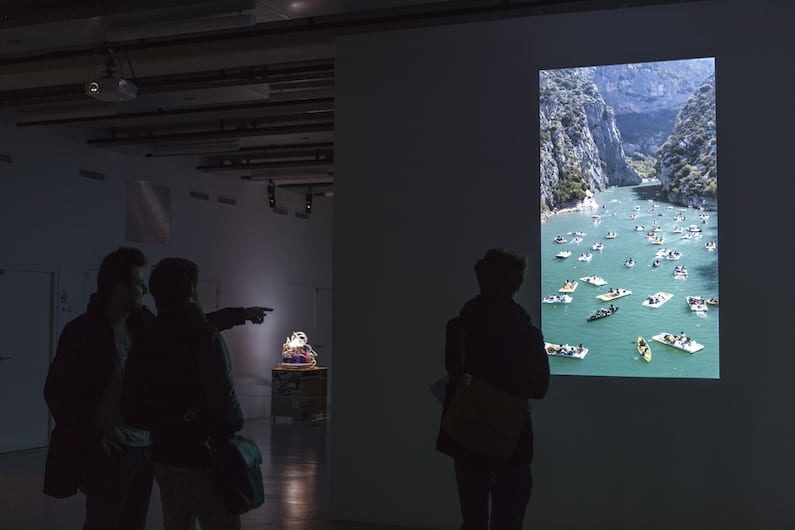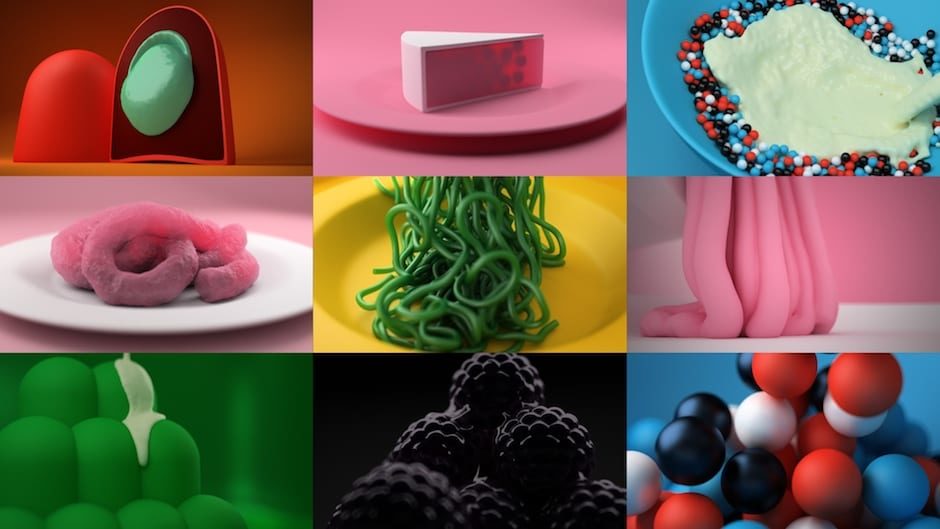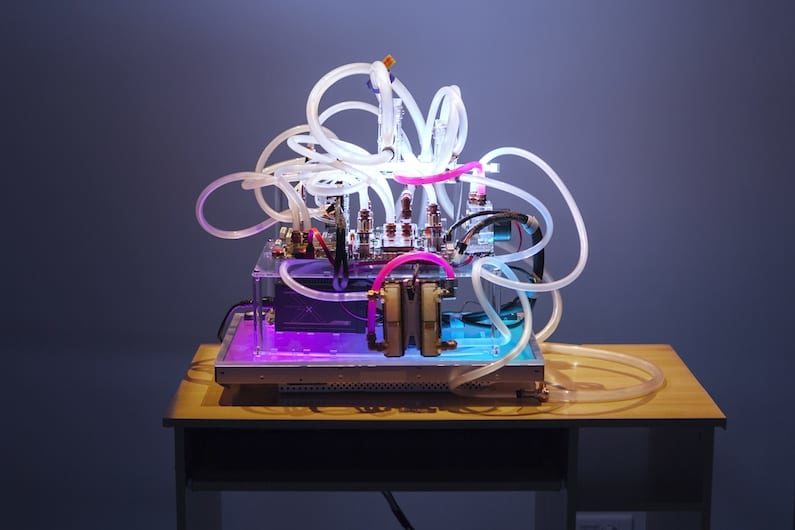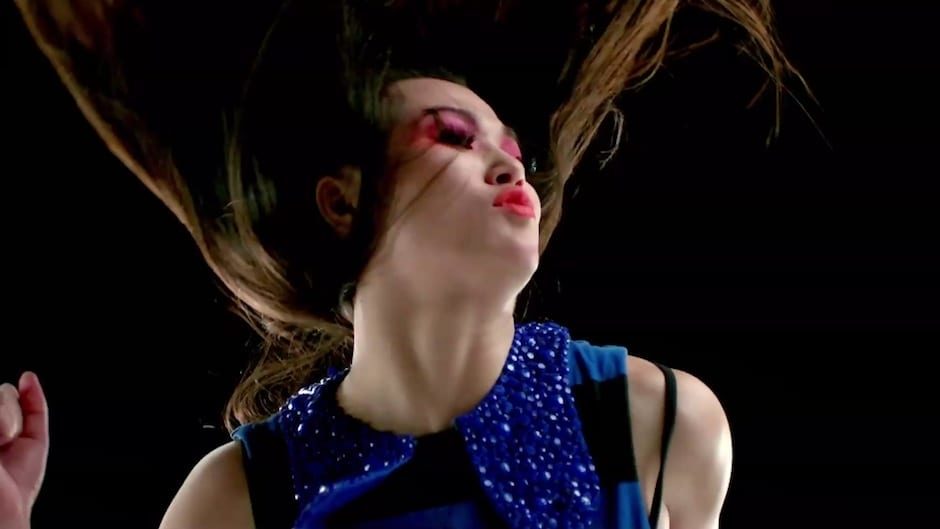Your Plan A for this weekend should be a trip to Paris to see the Pleix exhibition at the Gaite Lyrique, called 2062, which closes this Sunday. It’s a filmic, digital, interactive wonderland created by the same seven members of Pleix who have been working now as a digital commercial and artistic collective for 11 years.
We met up with Pleix for a tour of the show and a catch up on how the group work together so successfully.
One area of the exhibition is Hybrid, a forest of screens equipped with space sensors that activate the displayed animal faces as the viewer approaches the monitor. It’s crazy fun.
Because 1.4 is not quite there yet with our own inbuilt sensor sophistication, we asked Pleix for a visual example on plain old video, one of which we show above. Of course it doesn’t do the real interactive project justice, it’s just a taster.
Another video installation, Hotspot, is huge filmic mural on movement and “the happiness of holidays” and the connection between people and nature which was shot in the south of France.
What were the main challenges of creating these two huge video paintings?
We wanted the cars to flow one way so had to eliminate the traffic going the other way as well as any motor bikes and in reality cars travel at different speeds so we had to make over 100 cars go the same speed. There were many layers on both.
The Beach scene isn’t symmetrical is it?
No, that was tricky. We had to make quite a few people disappear to make it work.
Do you all live in Paris?
Yes except one of us moved to the States last year for personal reasons but he came back to work on the exhibition and apart from one director from Luxembourg we are all French.
So how did Pleix come about how did you meet?
We all worked at Kuntzel & Deygas who were a directing couple, a husband and wife team who had their own post house and at different times we all worked for them and met there.
A friend of our’s Leti wanted to represent artists. She’d just come out of school and knew the kind of work we were doing so suggested that we create a piece and put it on the internet and use the internet like a gallery and just do the stuff we liked to do. That was the start.
We started Pleix on the internet and we were attracted by art and design and so it was a nice window for us to show our work.
The internet was such a fantastic tool then to get an immediate response from anywhere. Now when you do something new a week later people focus on something different, it’s really fast. At that time though when we were doing a personal film you could see there were quite a few people coming to see it for maybe a month but now it lasts for about a week and afterwards they go to something different. It’s the evolution.
You started off as artists?
We were graphic designers, some of us started off specializing in cgi, some of us in After Effects, and post production – we’re all digital craftmen rather than artists.
We are not in the art world but it’s an equilibrium we like because we don’t have to constrain ourselves within a special place.
So how does Pleix work? Who is your boss?
We don’t have a boss. I guess that’s one of the reasons why Pleix does work.
There are no constraints, we are attracted by each other but it’s an invisible force that makes us connected. It’s quite strange. I think we are all interested in the same questions.
For the exhibition at no point did we decide that ok we’ve got this theme 2062 so you are going to do this and you are going to do that. It was more about everyone trying to find something which is quite important for them to express. We’ve got a lot of things in common and when we put that together it makes sense. Our personal work is not programmed. For commercial work, however, it’s completely different.
How are decisions made?
Naturally. Those that are busy say they are too busy, and also we know if something comes in we know some will be more interested in it than others and sometimes we do it all together.
Most of the work is now a mix of real and digital, we tend to do more live action than before. There was a trend around 2007 when agencies always said that the work could never have been done before and it had to be done for real. It was interesting for us because it took us away from the computers and we tried different things.
Real things have a lot of influence now. It’s quite fantastic when you design something on your computer and then afterwards you physically make it work.
We always think if it doesn’t work we can always do it in post afterwards but usually it works.
LINKS:
https://pleix.net/
https://www.stink.tv/director/pleix/bio/?cat=animation
